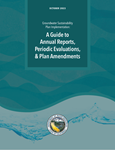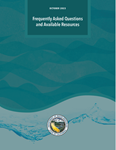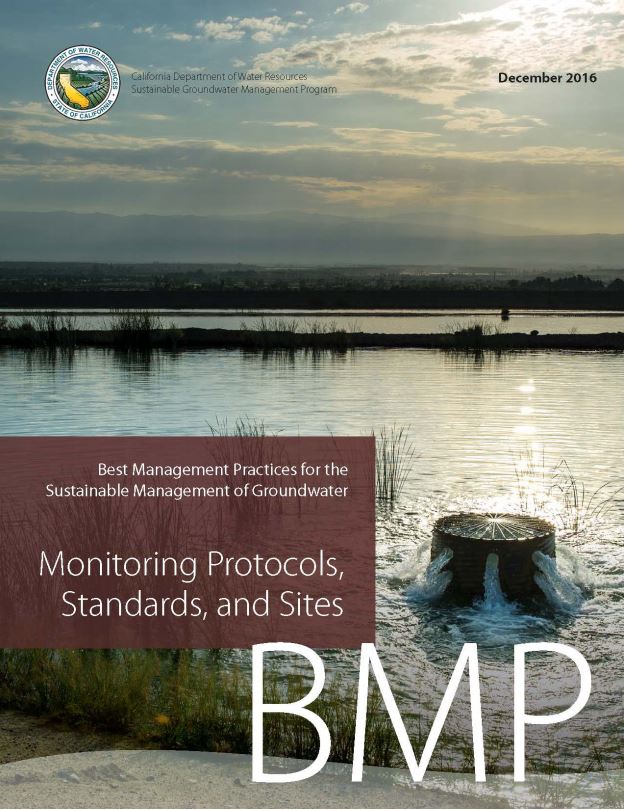
Best Management Practices and Guidance Documents
The Sustainable Groundwater Management Act (SGMA), Water Code Section 10729, directs DWR to “publish on its internet Web site best management practices for the sustainable management of groundwater,” and authorizes DWR to provide technical assistance to Groundwater Sustainability Agencies (GSAs). DWR has developed and published 2 categories of information – Best Management Practices (BMPs) and Guidance Documents – to assist GSAs when implementing, or updating their Groundwater Sustainability Plans (GSPs).
BMPs and Guidance Documents are not substitutes for GSP Regulations or the statutory provisions of SGMA, but information in these publications is intended to assist GSAs with developing appropriate approaches to complying with SGMA and the GSP Regulations when developing and implementing groundwater management programs in their basins that will protect groundwater resources and advance the sustainable management of groundwater. DWR may develop additional BMPs and Guidance Documents, or make revisions to the existing publications, as needed.
The Groundwater Sustainability Plan Emergency Regulations (GSP Regulations) define BMPs as “the practice, or combination of practices, that are designed to achieve sustainable groundwater management and have been determined to be technologically and economically effective, practicable, and based on best available science.”
In brief, BMPs provide:
- Clarification
- Guidance
- Examples to help GSAs develop the essential elements of a GSP
DWR has developed these BMPs based on technical information from other groundwater management efforts, existing standards, and other guidance or reference reports.
New and In Development:
Best Management Practices: Land Subsidence
DWR developed and released a draft BMP document that describes activities, practices, and procedures to meet the intent of SGMA to avoid or minimize subsidence. This draft subsidence BMP is aimed at providing information to assist GSAs with developing appropriate approaches to avoid subsidence in areas that are vulnerable to pumping-induced subsidence, and to minimize subsidence in areas that have or currently are experiencing subsidence.
DWR will accept public comments on the draft document until September 22, 2025. Interested parties were strongly encouraged to submit comments while attending in-person meetings held in Clovis, Delano, and Willows. These meetings included an overview of the draft document and served as a venue to ask questions and provide public comment. Public comments can be sent by email to sgmps@water.ca.gov.
To download the draft subsidence BMP, please click the link below.
- DRAFT Land Subsidence BMP (PDF) | Publish Date: July 24, 2025)
Materials and recordings from the in-person meetings are available at the links below.
- DRAFT Land Subsidence BMP Public Meeting Slides (PDF) | English
- DRAFT Land Subsidence BMP Public Meeting Slides (PDF) | Punjabi
- Clovis DRAFT Land Subsidence BMP Public Meeting – 09/09/2025 | Punjabi audio translation
Previously Released BMPs:

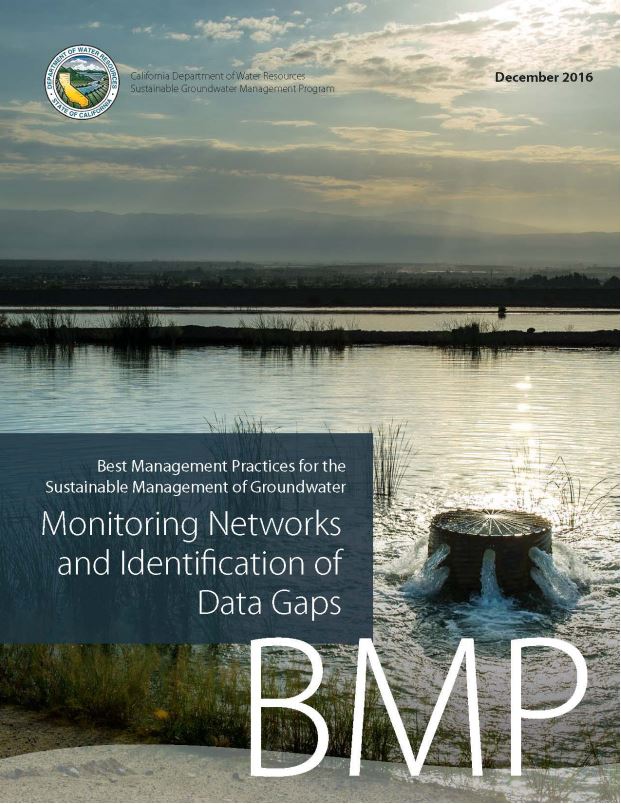
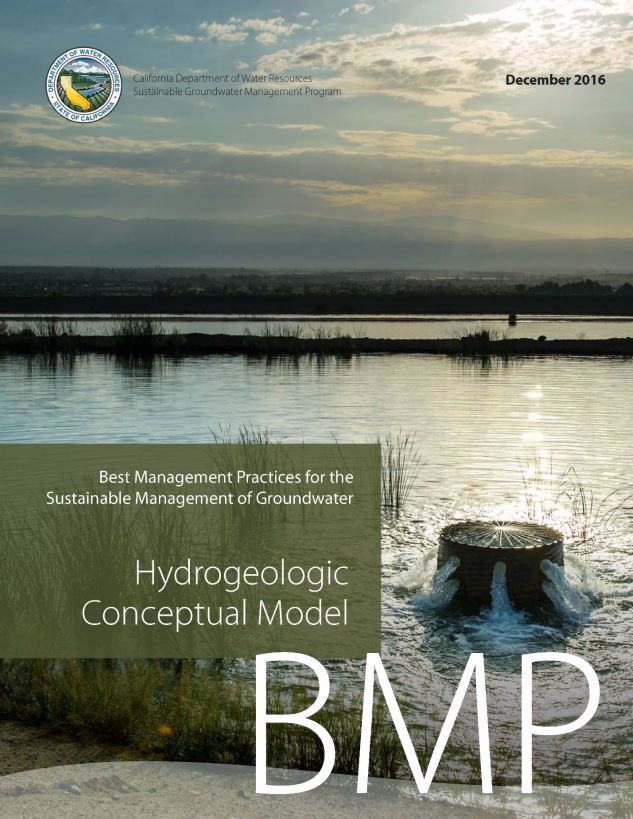
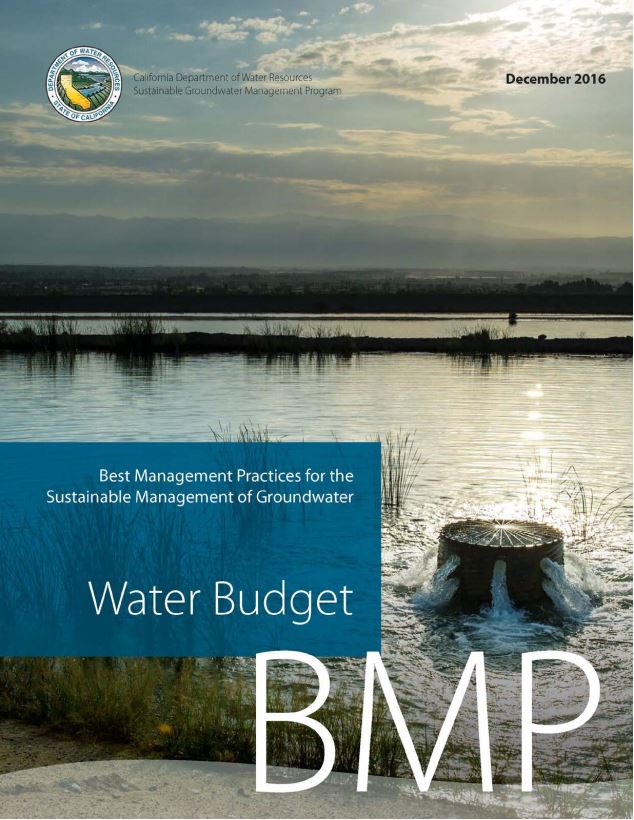
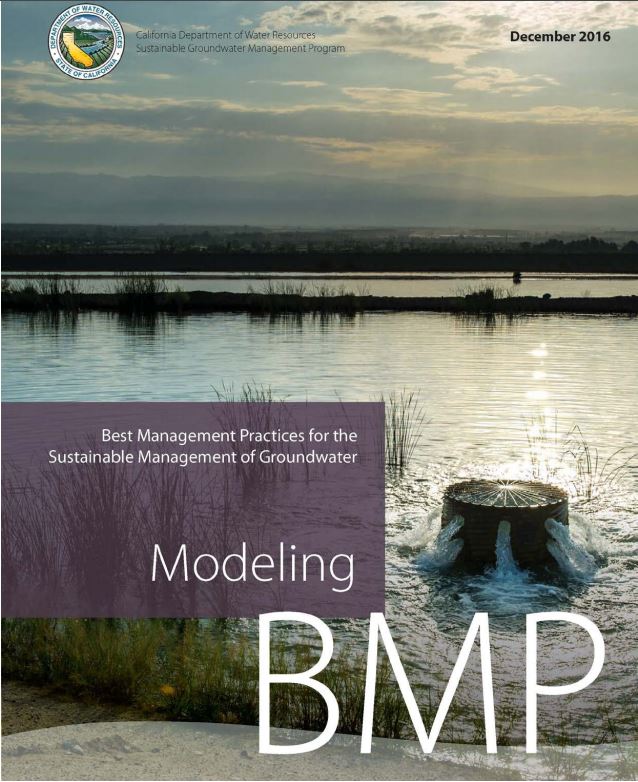
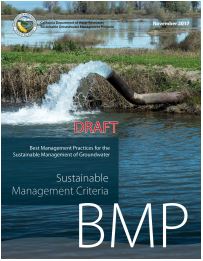
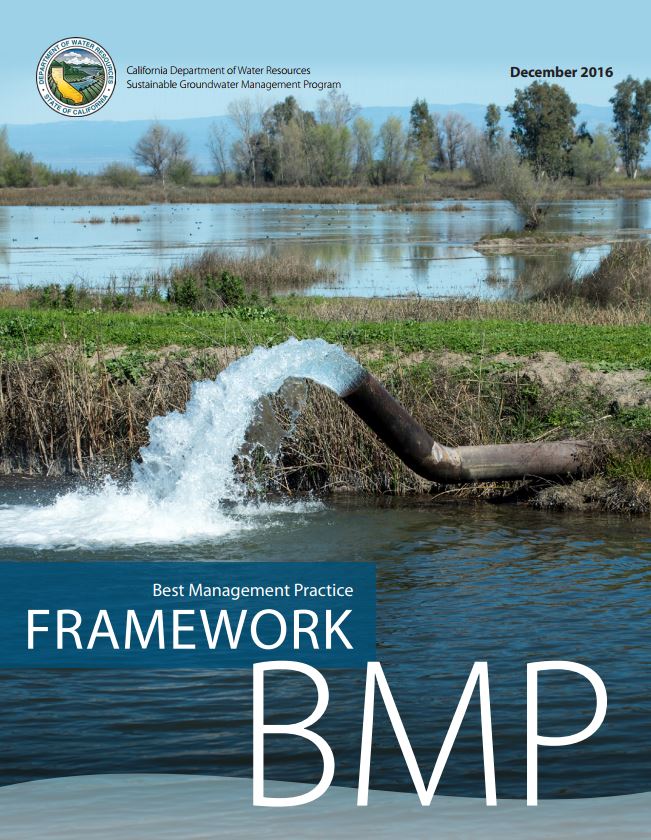
BMP Resources
Guidance Documents address topic areas relevant to SGMA for which no established standards in the water management industry exist and provide clarification on issues that may not have been specifically identified in the GSP Regulations, with the intent to promote water conservation, protect groundwater resources, and advance the sustainable management of groundwater.
New and In Development:
Guidance on Interconnected Surface Water
DWR released a series of papers and an informational webinar giving a general overview of the technical aspects of interconnected surface water (ISW). These resources discuss the quantification of depletions of ISW due to pumping. Included with the release of Paper 2 and Paper 3 is a cover letter introducing the topics covered by each paper. To download resources that have been released and for the most current information about project status, see below.
- Paper 1: Depletions of ISW: An Introduction (PDF | Draft Published February 2024)
- Paper 2: Techniques for Estimating ISW Depletion Caused by Groundwater Use (PDF | Draft Published September 2024)
- Paper 3: Examples for Estimating ISW Depletion Caused by Groundwater Use (PDF | Draft Published September 2024)
- Cover Letter: ISW Papers Cover Letter (PDF | Published September 2024)
- Webinar: ISW Depletion Informational Webinar (Video | Published October 2024)
Using the technical basis provided in these three papers, DWR will develop guidance for Groundwater Sustainability Agencies to consider to manage depletions of ISW for their groundwater basin.
- Guidance for Managing ISW Depletion (Under Development)
Groundwater Sustainability Plan Implementation
A guide to Annual Reports, Periodic Evaluation, and Plan Amendments
These documents provide guidance to GSAs preparing Annual Reports, Periodic Evaluations, and GSP Amendments for GSP implementation and compliance with SGMA and the GSP Regulations.
Published: October 30, 2023
Additional Guidance Documents:
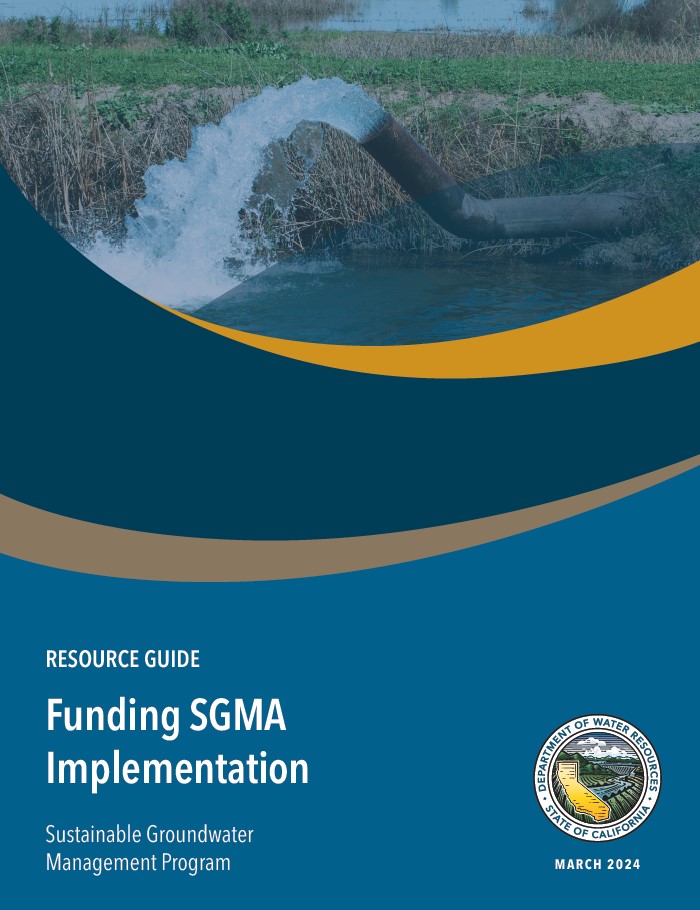
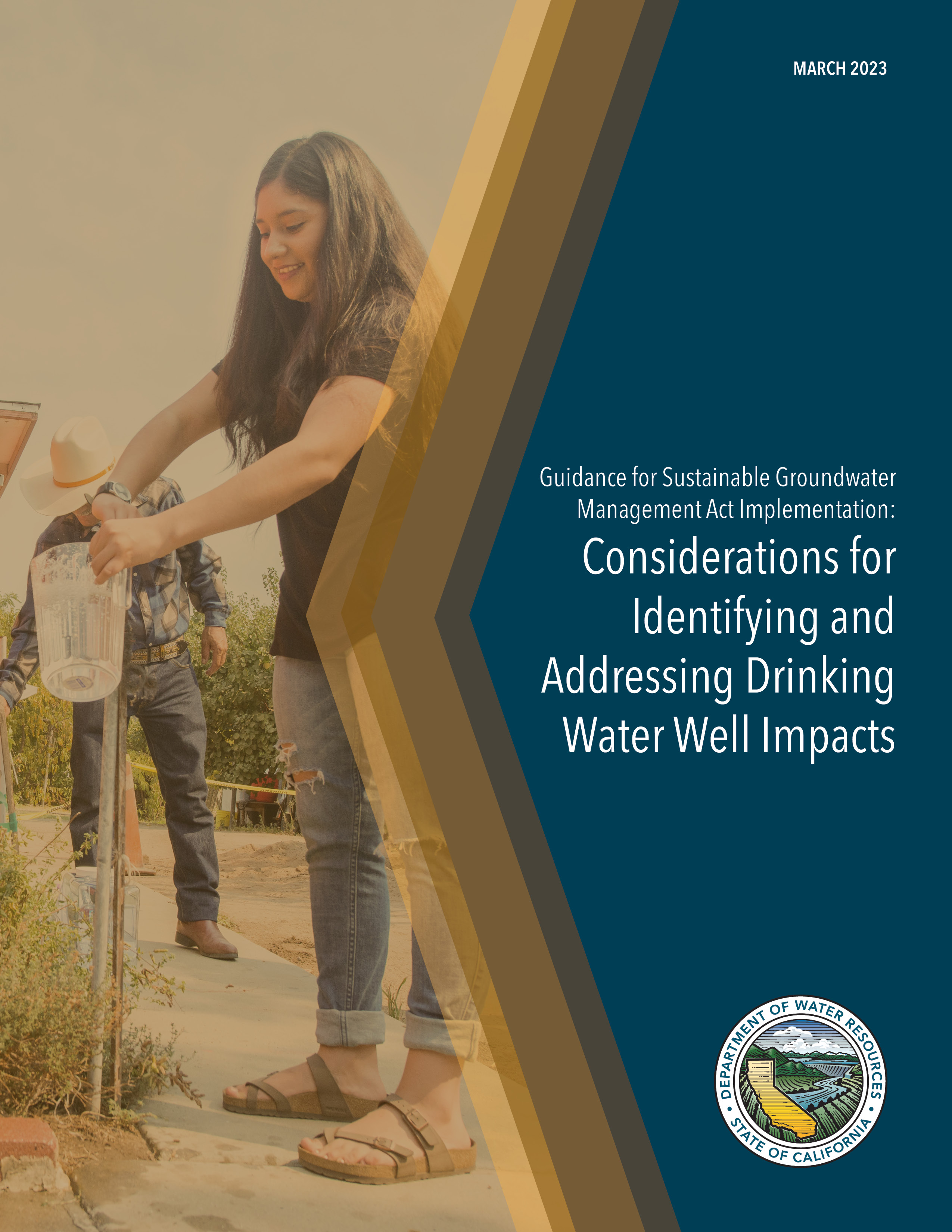
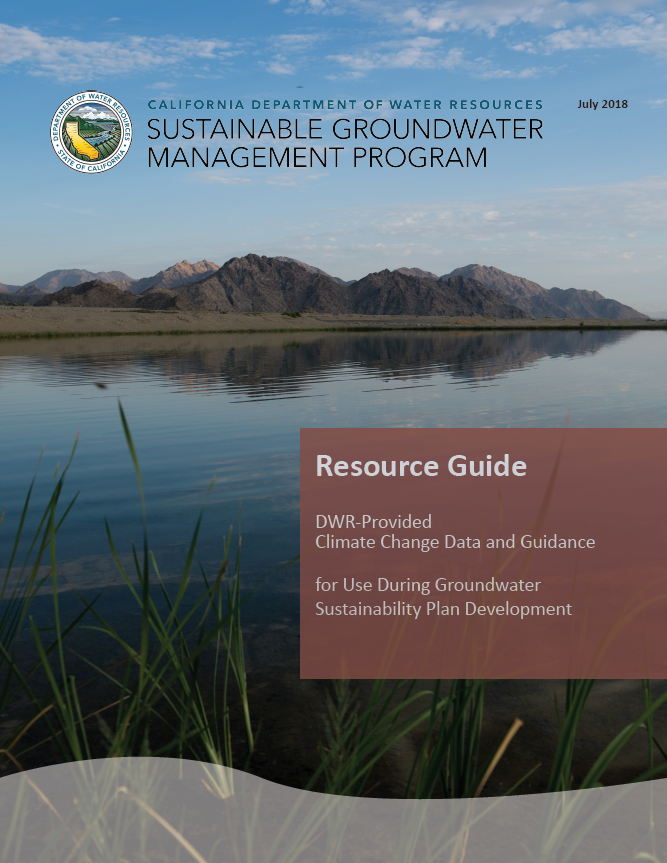
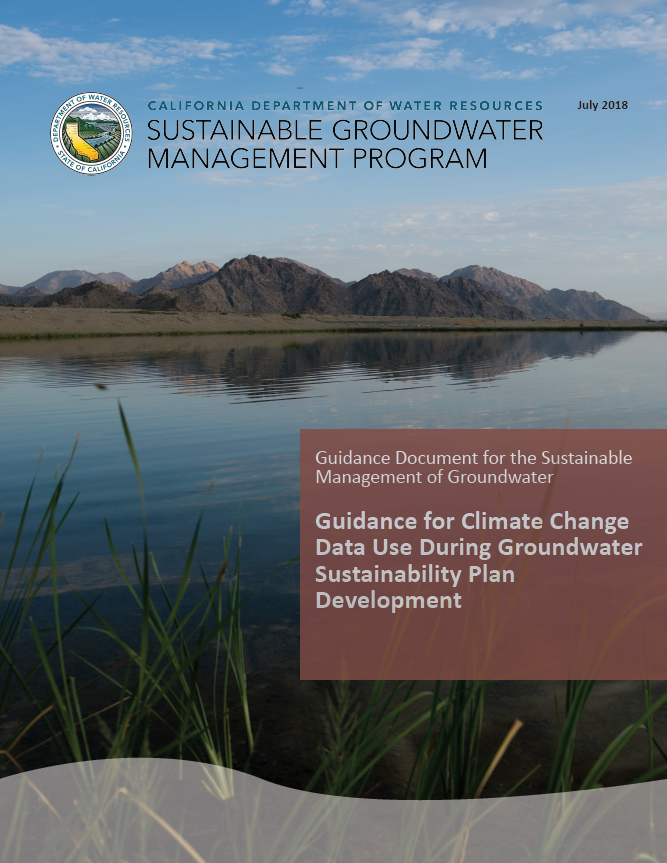

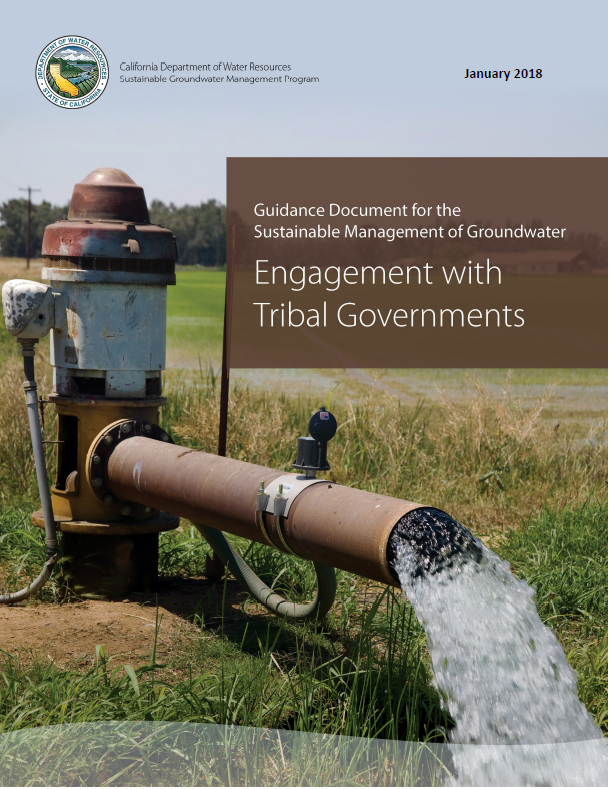
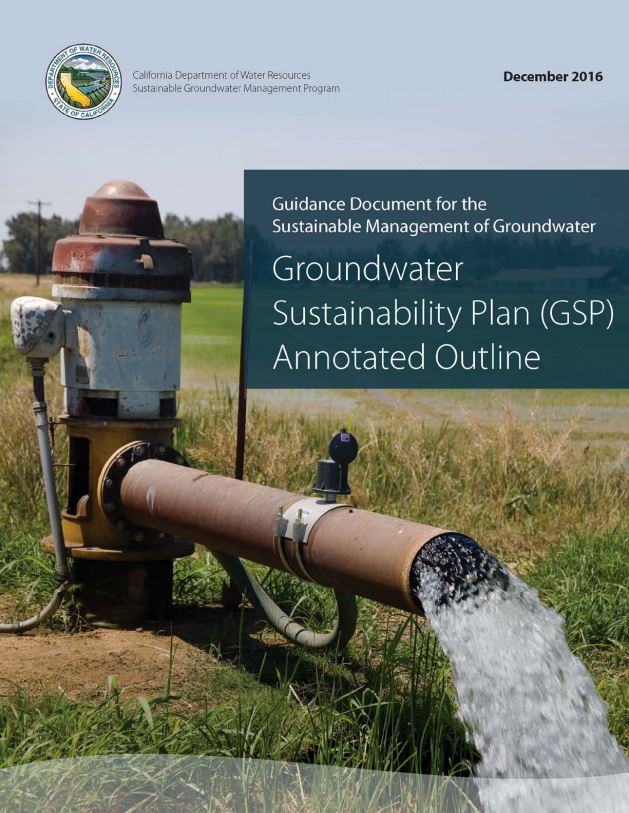
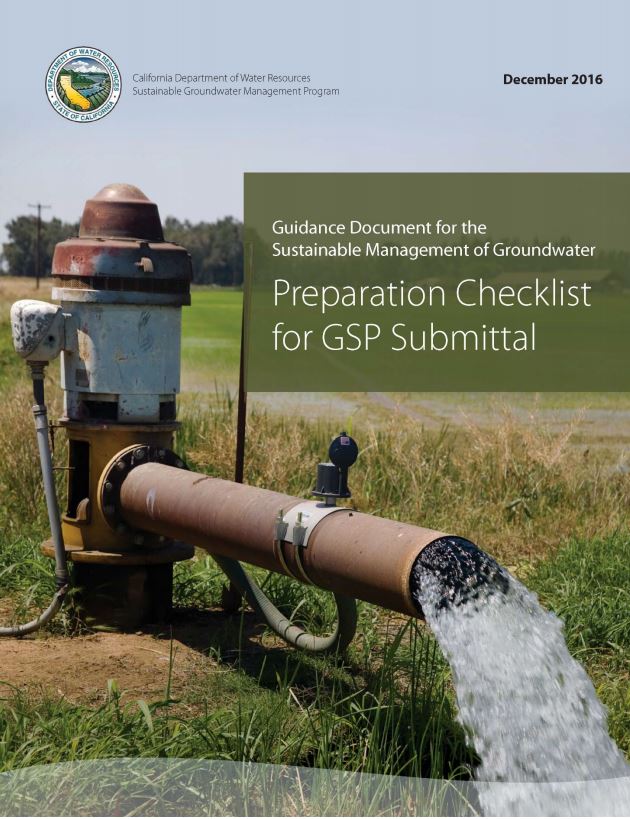
Contact Us
General Inquiries:
sgmps@water.ca.gov
Regional Inquiries:
sgmp_rc@water.ca.gov
Basin Points of Contact:
Northern Region
North Central Region
South Central Region
Southern Region

